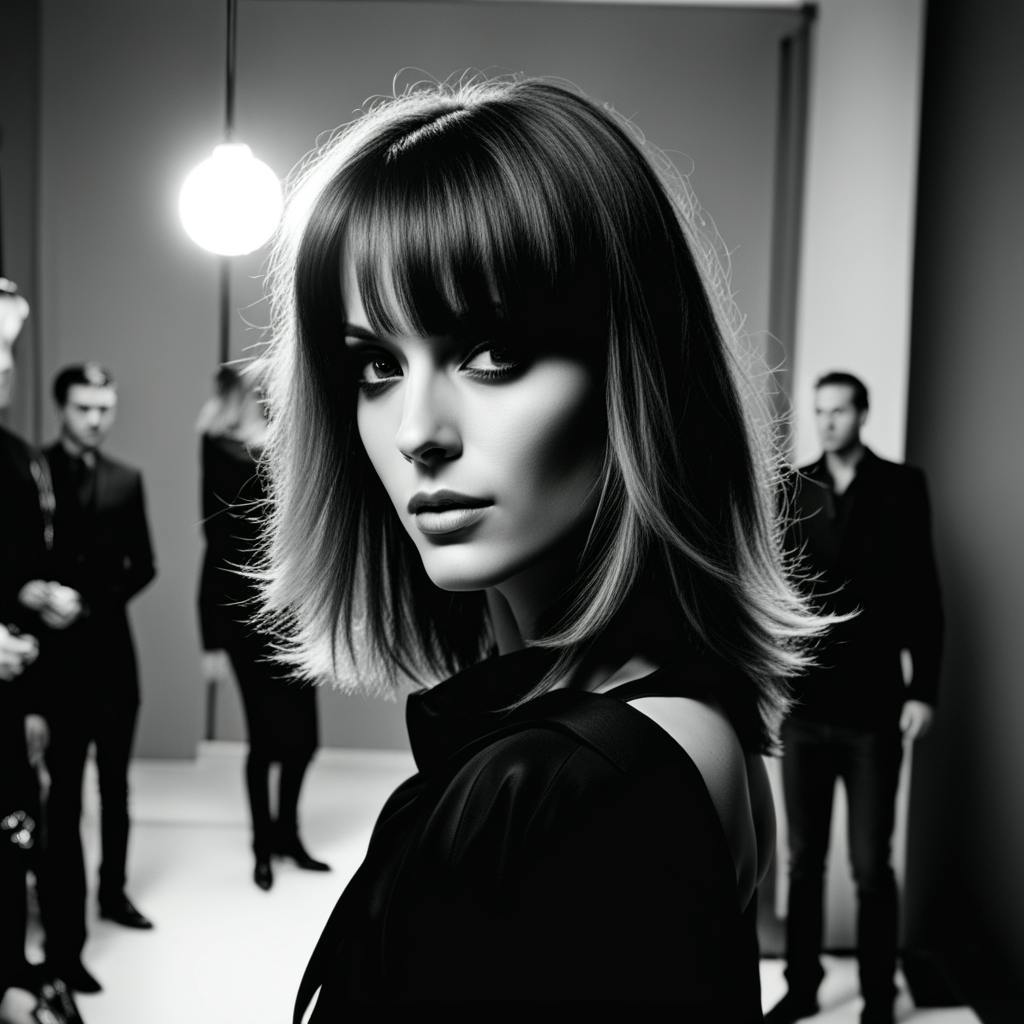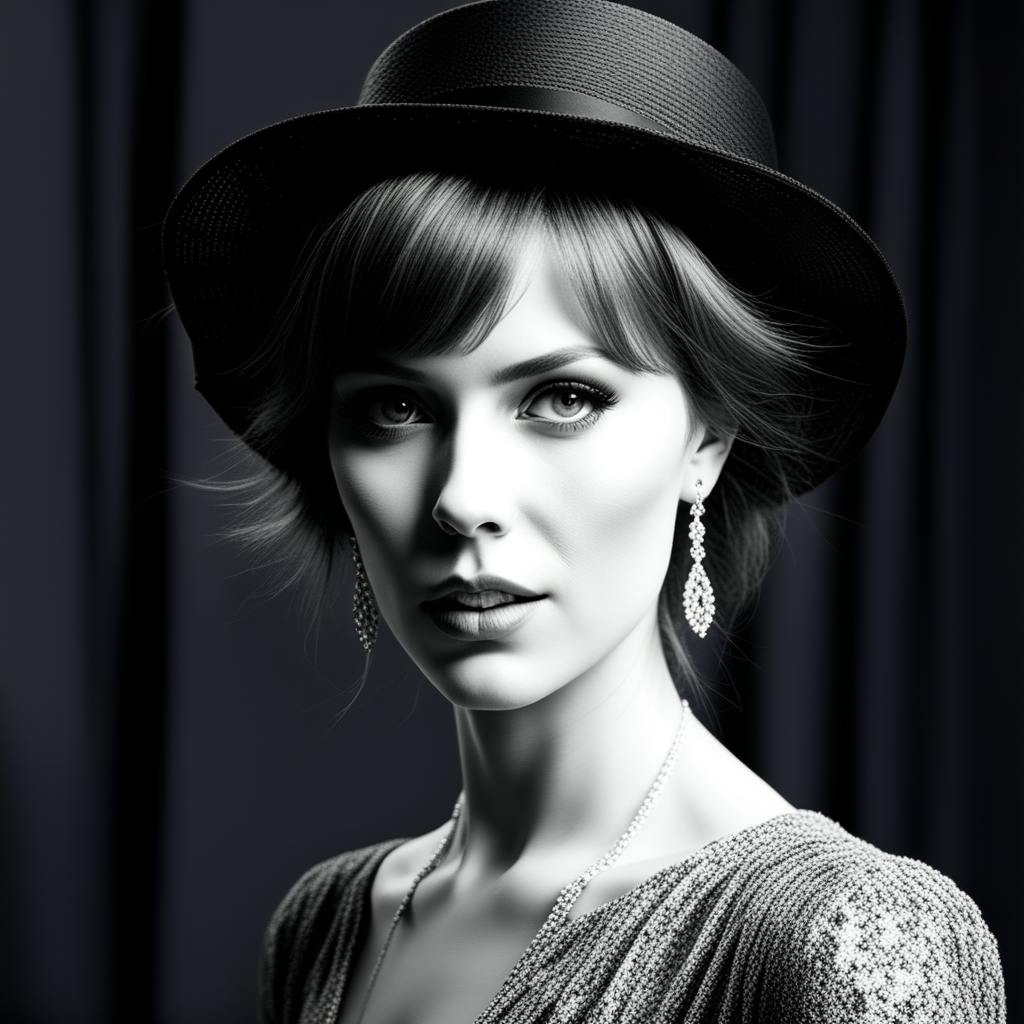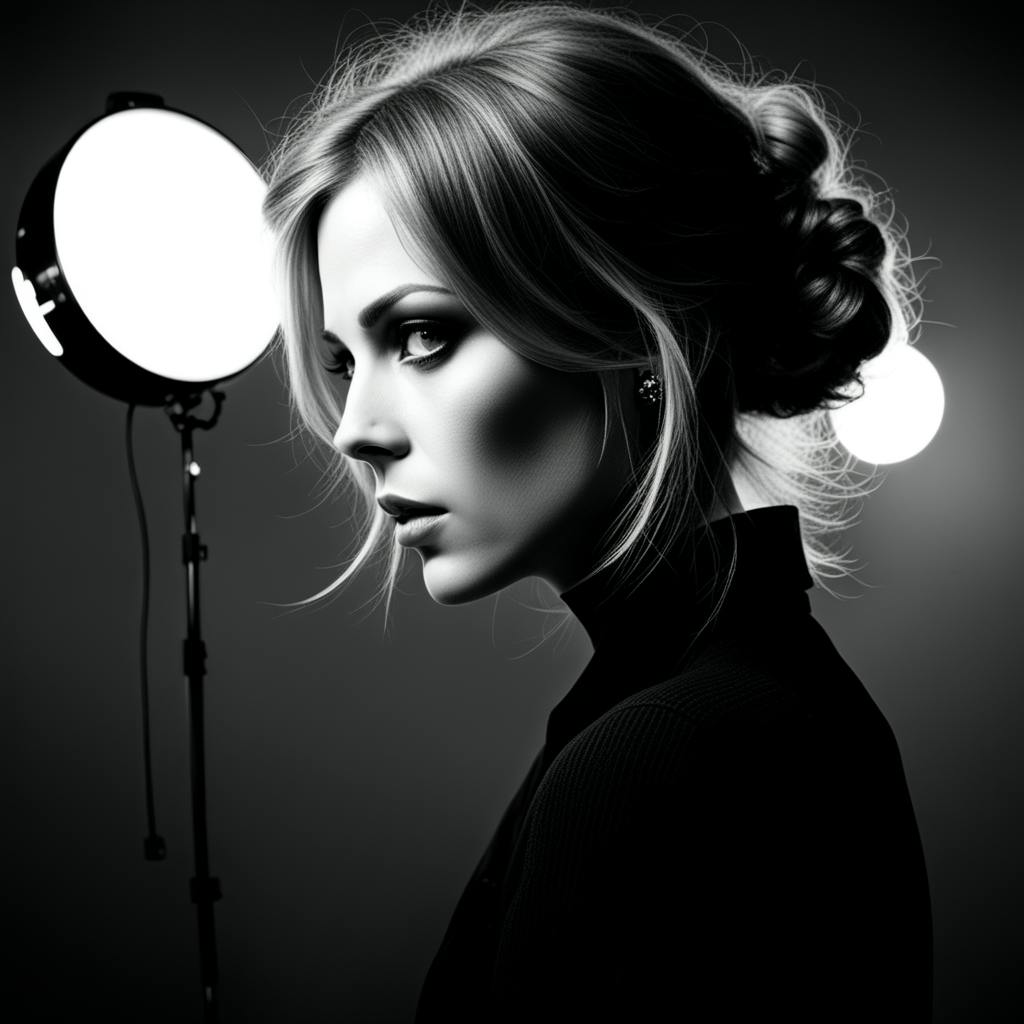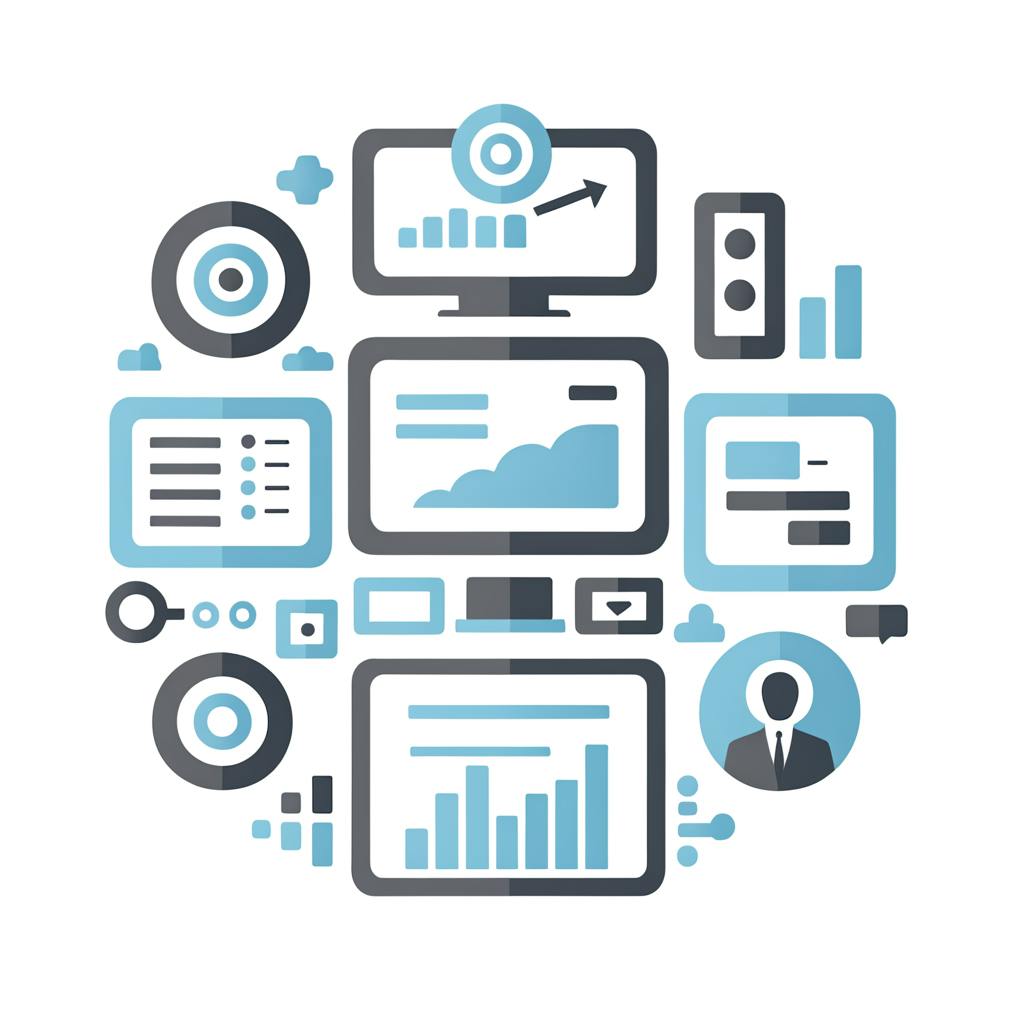Leveraging technology to gain a competitive edge is paramount. This is especially true in the field of photography, where the phrase "use AI to polish professional photos" is becoming an industry mantra. By employing artificial intelligence, photographers can enhance their images with unprecedented precision and efficiency.
The Genesis of AI in Photography
Artificial intelligence is revolutionizing the photography industry by enhancing images with remarkable clarity. AI-driven software is extensively used to automatically correct lighting, color balance, and sharpness, ensuring every photograph is picture-perfect. Instead of spending hours manually adjusting an image, photographers can rely on AI to analyze and enhance photos with staggering accuracy. This technology goes beyond simple filter application; it understands the intricate details of what makes an image captivating.
Core Benefits of AI in Photo Enhancement
AI-powered tools streamline the photo editing process, providing clear and concise solutions to common photography challenges:
- Automated Touch-Ups: AI algorithms can identify and correct imperfections such as noise, blemishes, and red-eye, saving photographers countless hours of manual retouching.
- Enhanced Creativity: With features like AI-generated backgrounds and facial recognition, photographers have more creative freedom without sacrificing quality.
- Time Efficiency: AI systems provide real-time previews and edits, significantly reducing the turnaround time for clients.
- Consistency Across Images: AI can apply uniform adjustments to entire photo series, maintaining consistency in style and quality which is critical in professional settings.

AI made with Owen Fegan
Why AI-Enhanced Photos Are the Future
The use of AI for photo polishing is compelling for several reasons. First, artificial intelligence ensures every detail of a photo is optimized, from exposure levels to color depth. This helps photographers deliver stunning visuals that could otherwise require the expertise of an entire editing team.
Additionally, AI's ability to learn and adapt means it can mimic various artistic styles, allowing photographers to experiment with new aesthetics effortlessly. Photographer's portfolios can thus become more diverse and engaging, appealing to a broader audience.
Tools and Technologies Leading the Charge
Several credible AI-powered tools are leading this revolution. Adobe's Photoshop and Lightroom employ AI to perform complex tasks like image segmentation and content-aware fill, delivering polished results. Similarly, Skylum's Luminar AI and Google's Snapseed offer intuitive interfaces paired with robust AI algorithms to simplify the editing process while maintaining creative control.
Not only do these tools provide practical solutions for professional photographers, but they also allow hobbyists to produce high-quality photos without extensive technical knowledge.
Frequently Asked Questions
Can AI replace human photo editors entirely?
While AI can handle many tasks, the creative touch and expertise of a human editor remain invaluable. AI serves as an enhancement tool rather than a replacement.
Is AI photo editing accessible to beginners?
Absolutely! Many AI-based tools are designed with user-friendly interfaces, making advanced photo editing accessible to photographers of all skill levels.
FAQ: Using AI to Polish Professional Photos
With the rapid evolution of technology, artificial intelligence (AI) is revolutionizing various industries, including professional photography. Below are some frequently asked questions regarding the application of AI in enhancing and polishing professional photos.
How can AI systems be used to enhance and polish professional photos?
AI systems can enhance and polish professional photos through several sophisticated techniques:
- Automated Editing: AI tools can perform tasks such as color correction, exposure adjustment, and cropping. Algorithms can automatically detect imperfections and adjust them to enhance image quality.
- Image Restoration: AI can restore old or damaged photos by filling in missing details, reducing noise, and sharpening blurred images.
- Facial and Object Recognition: AI can accurately identify and isolate different elements within a photo, such as faces, objects, and backgrounds, enabling selective editing.
- Style Transfer: AI can apply artistic styles and filters, mimicking the techniques of famous artists to give photos a unique aesthetic.
- Background Removal: AI tools can efficiently remove or replace backgrounds, making it easier to focus on the subject of the photo.
- Portrait Retouching: AI algorithms can enhance portraits by smoothing skin, adjusting facial features, and even changing hairstyles or makeup.
What are the advantages of using AI technology in professional photography?
AI technology brings numerous advantages to professional photography:
- Efficiency and Time-Saving: AI tools can process large volumes of images quickly, allowing photographers to spend more time on creative tasks rather than routine editing.
- Consistency: Automated processes ensure that edits are applied consistently across a batch of photos, maintaining uniformity in style and quality.
- Accessibility: User-friendly AI tools make sophisticated editing accessible to photographers at all skill levels without extensive training.
- Cost-Effectiveness: Utilizing AI can reduce the need for manual editing services, potentially lowering costs for photography professionals and clients.
- Enhanced Creativity: By handling repetitive and technical tasks, AI frees photographers to explore new creative directions.

AI made with Owen Fegan
How is AI revolutionizing the field of professional photography?
AI is reshaping professional photography by:
- Automating Complex Edits: Tasks traditionally requiring professional retouching skills are now accessible to photographers through AI-powered tools.
- Improving Workflow: Integrated AI solutions streamline workflows, enabling faster project turnaround and higher client satisfaction.
- Augmenting Creativity: AI offers new tools for creative exploration, such as generative editing, which creates novel image derivatives or augmented reality experiences.
- Fostering Innovation: Continual advancements in AI are leading to groundbreaking techniques and services within the photography industry, including AI-generated imagery and interactive content.
Can AI tools be used to correct errors or improve the quality of professional photos?
Yes, AI tools are highly effective in correcting errors and improving the quality of professional photos:
- Noise Reduction: AI algorithms can minimize noise and grain in low-light images, enhancing clarity and detail.
- De-blurring: Advanced AI techniques can recover details lost to motion blur or focus issues, producing sharper images.
- Lighting and Color Adjustment: AI can correct poor lighting conditions, ensuring accurate color balance and appropriate exposure levels.
- Error Detection and Correction: AI can identify and correct technical errors, such as chromatic aberrations or lens distortions.
- Image Upscaling: AI-driven super-resolution techniques allow photographers to increase image resolution without significant loss of quality, making it suitable for large prints.
The integration of AI in professional photography offers enhanced capabilities, efficiency, and creativity, empowering photographers to produce exceptional visual content with less manual intervention. The ongoing advancements in AI technology suggest even more innovative applications in the near future, reinforcing its pivotal role in the evolution of the photography industry.

